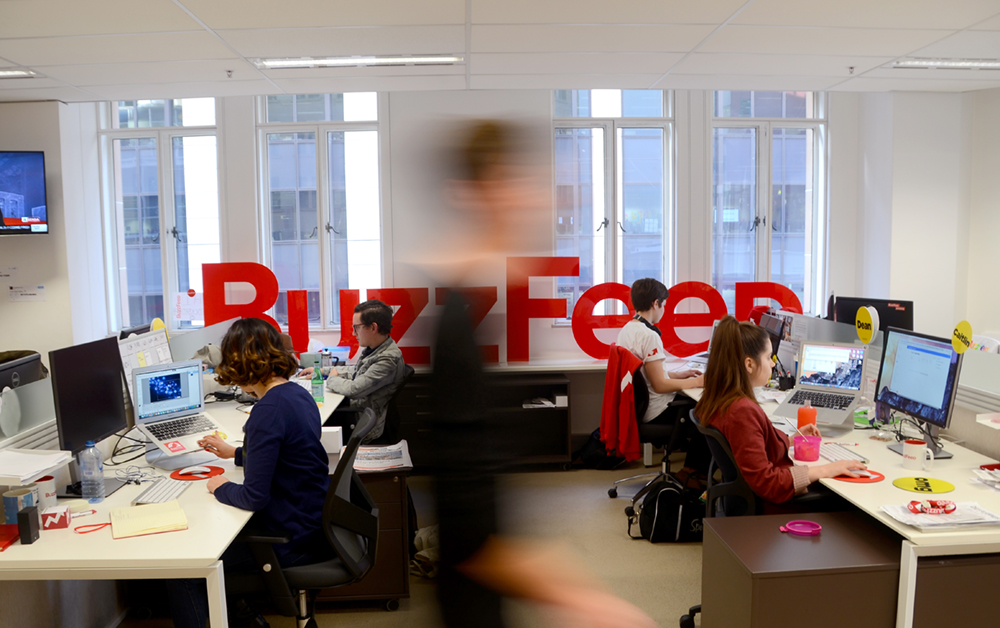RIP listicles: Resurrecting quality content in the wake of Buzzfeed’s fall
BuzzFeed’s growth story is a crash course in digital disruption, but growth alone isn’t enough to remain sustainable, writes Caroline Catteral, founder of content and communications agency Keep Left.
For almost a decade now, eight big red letters have ruled our news feeds. But has the virality behind BuzzFeed’s infamous startup success story seen its peak?
Last week, the $2.4 billion company announced it was cutting 15% of their workforce in their biggest reshuffle to date. Eleven out of those 200 roles are currently held by Australian employees. Financial performance lies at the core of this crash, with an impending defamation lawsuit also on the cards.



Love this article Caroline, funny and well researched.
Some valid points here but the reality is that people, especially millennials, don’t really want to hear from brands in their social feeds. The value of a BuzzFeed, Vice, Pedestrian etc is that these publishers already have a relationship with this audience and are helping to introduce the brand to that audience. Making these brands ‘cool’ by association or introduction. Sure if a brand has something interesting to say or has a genuine POV then that’s great but most of the time it’s very forced, self-serving content, which is not cheap to create, doesn’t get any real engagement and is obviously trying to sell or push something. This is especially true when a brand thinks they need to commit to a content calendar and are struggling to create authentic content.
More brands just need to put themselves in the audience’s shoes and ask themselves if they would want to hear from them in that medium. If they were honest, the answer a lot of time would be no.
By that logic the only marketing channel would be partnerships.
Do you think if you put yourselves in the audience’s shoes and asked “do you want your TV show/radio segment interrupted by ads” “do you want to see outdoor advertising everywhere you go” “do you want your top search results to be ads” etc etc etc the answer would be yes to any of it?
I know I’m just a survey size of one and my network is limited, but I would disagree that us millennials are completely adverse to seeing advertising in our feeds. I’ve bought products many times online after having their ads placed in my social feeds. And I know my friends have too. It’s all about how relevant your product is to your audience.
There are also offline brands that do a great job at remaining top of mind to their target market through social channels – Boost, for example, has great social content and sentiment towards the brand is positive.
Social advertising can work, there are just a number of points that need to be considered. Here are four of the most important, because that’s all I have time for:
-Is the product is relevant to your audience?
-Is the creative a good fit for this channel? (Stop just cutting your TVCs down to 10secs for Facebook and instead create content specific for each channel. Even better than this would be to create content specific to each ad set, so it’s as personalised as possible.)
-Don’t forget the sales funnel (don’t barge in on my feed with a hard-hitting sales message before I know who you are – it’s rude – introduce yourself first and you will be much more warmly received!)
-Frequency (people are fine with ads, but they’re not fine with seeing ads more often than updates from their friends and family)